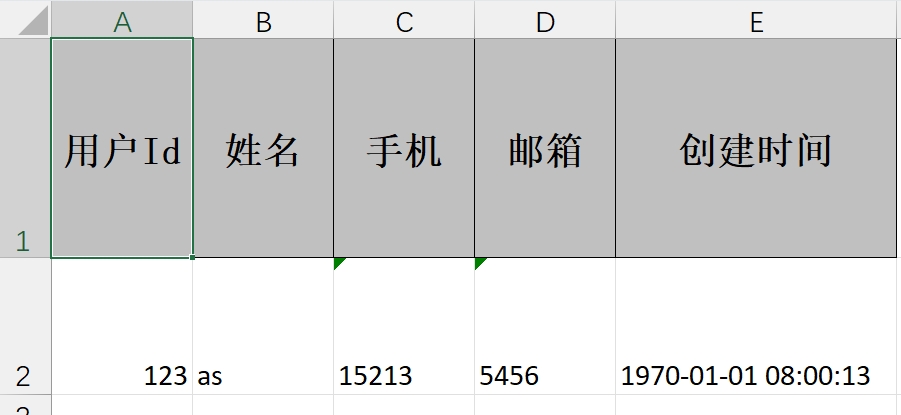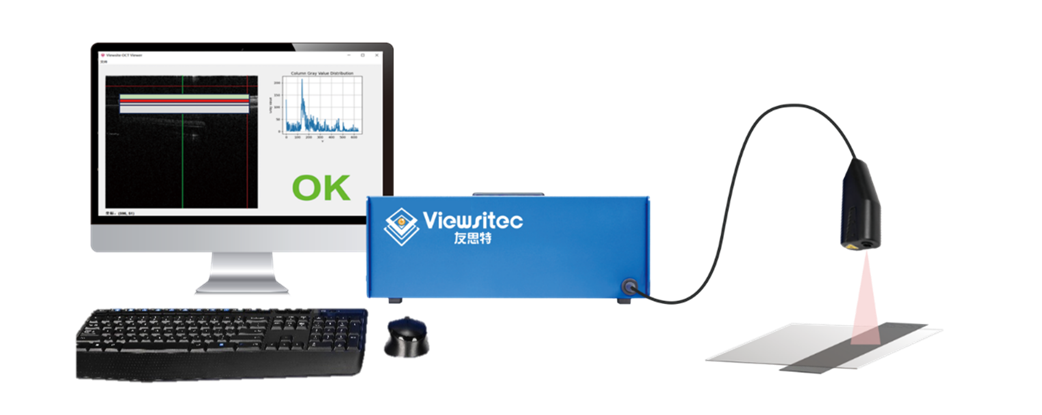TypeScript 中接口(Interface)的理解与应用
在 TypeScript 中,接口(Interface) 是一种用来定义对象的结构或形状的方式。接口可以指定对象中应该包含哪些属性、这些属性的类型以及它们的函数签名。接口帮助我们在代码中确保数据结构的正确性,并且能够提高代码的可读性和可维护性。
1. 接口的基本使用
接口定义了一个“合同”,它强制实施类或对象遵守某种结构。我们可以通过接口指定对象的属性和方法。
例子:
// 定义接口
interface Person {name: string;age: number;
}// 使用接口
const person: Person = {name: "Alice",age: 30
};
在上面的例子中,我们定义了一个 Person 接口,指定 Person 对象必须有 name 和 age 两个属性,并且分别是 string 和 number 类型。
2. 可选属性
接口的属性可以是可选的,通过在属性名后面加上 ? 来实现。这意味着对象可以有这些属性,也可以没有。
例子:
interface Person {name: string;age: number;address?: string; // 可选属性
}const person1: Person = {name: "Alice",age: 30
};const person2: Person = {name: "Bob",age: 25,address: "123 Main St"
};
在这个例子中,address 是可选的,因此 person1 可以没有 address 属性,person2 可以有 address 属性。
3. 只读属性
接口的属性可以是只读的,这意味着一旦对象被创建后,属性值不能被修改。通过使用 readonly 关键字来定义只读属性。
例子:
interface Person {readonly id: number;name: string;age: number;
}const person: Person = {id: 1,name: "Alice",age: 30
};// person.id = 2; // 错误:不能修改只读属性
在上面的代码中,id 是只读属性,因此不能在创建后修改它的值。
4. 函数类型接口
接口还可以定义函数的类型,描述函数的输入和输出。
例子:
interface Greeter {(name: string): string;
}const greet: Greeter = (name) => {return `Hello, ${name}!`;
};console.log(greet("Alice")); // 输出 "Hello, Alice!"
在这个例子中,Greeter 接口定义了一个函数类型,要求该函数接收一个 string 类型的参数,并返回一个 string 类型的结果。
5. 接口继承
接口可以通过继承来扩展其他接口的属性。继承后的接口可以继承原接口的所有属性和方法。
例子:
interface Animal {name: string;age: number;
}interface Dog extends Animal {breed: string;
}const myDog: Dog = {name: "Buddy",age: 5,breed: "Golden Retriever"
};
在这个例子中,Dog 接口继承了 Animal 接口的 name 和 age 属性,同时添加了一个新的属性 breed。
6. 类与接口
接口不仅可以用于普通对象,也可以用于类。类可以通过实现接口来确保它遵守接口的约定。
例子:
interface Person {name: string;age: number;greet(): void;
}class Employee implements Person {name: string;age: number;jobTitle: string;constructor(name: string, age: number, jobTitle: string) {this.name = name;this.age = age;this.jobTitle = jobTitle;}greet(): void {console.log(`Hello, my name is ${this.name}, and I am a ${this.jobTitle}.`);}
}const emp = new Employee("Alice", 30, "Software Engineer");
emp.greet(); // 输出 "Hello, my name is Alice, and I am a Software Engineer."
在这个例子中,Employee 类实现了 Person 接口,确保类具有 name、age 属性和 greet 方法。
7. 多重接口实现
一个类可以实现多个接口,TypeScript 允许一个类实现多个接口。
例子:
interface Flyable {fly(): void;
}interface Swimmable {swim(): void;
}class Duck implements Flyable, Swimmable {fly(): void {console.log("Flying...");}swim(): void {console.log("Swimming...");}
}const duck = new Duck();
duck.fly(); // 输出 "Flying..."
duck.swim(); // 输出 "Swimming..."
在这个例子中,Duck 类实现了 Flyable 和 Swimmable 两个接口,必须实现这两个接口中的方法。
8. 应用场景
8.1 配置对象和函数参数类型
接口常用于定义复杂配置对象或函数的参数类型,确保传入的数据结构正确。
interface Config {host: string;port: number;secure: boolean;
}function connect(config: Config) {console.log(`Connecting to ${config.host}:${config.port} with secure=${config.secure}`);
}const config: Config = {host: "localhost",port: 8080,secure: true
};connect(config); // 输出 "Connecting to localhost:8080 with secure=true"
8.2 数据模型定义
接口在应用开发中常用于定义数据模型,特别是在处理复杂的数据结构时。
interface Product {id: number;name: string;price: number;
}const product: Product = {id: 1,name: "Laptop",price: 1000
};
8.3 类型约束与类型安全
接口提供了一种强类型的方式来约束对象的形状,可以帮助我们在开发过程中避免一些类型错误。
interface Point {x: number;y: number;
}function calculateDistance(p1: Point, p2: Point): number {return Math.sqrt(Math.pow(p2.x - p1.x, 2) + Math.pow(p2.y - p1.y, 2));
}const point1: Point = { x: 0, y: 0 };
const point2: Point = { x: 3, y: 4 };console.log(calculateDistance(point1, point2)); // 输出 5
8.4 组件设计与接口的使用
在前端开发中,特别是在 React 或 Vue 等框架中,接口经常用于定义组件的 props 类型。
interface ButtonProps {label: string;onClick: () => void;
}const Button = ({ label, onClick }: ButtonProps) => {return <button onClick={onClick}>{label}</button>;
};
9. 总结
- 接口 是 TypeScript 中一种非常重要的结构,能够帮助我们定义对象的形状和结构。
- 接口能定义必选属性、可选属性、只读属性,并且可以定义函数类型和类的结构。
- 接口非常适合用于定义数据模型、函数参数类型和组件 props 类型等场景,增强代码的类型安全、可读性和可维护性。












![[Realtek sdk-3.4.14b] RTL8197FH-VG新增jffs2分区操作说明](https://i-blog.csdnimg.cn/direct/fb877ef307724527b8c9e8a1e1b4759d.png)






